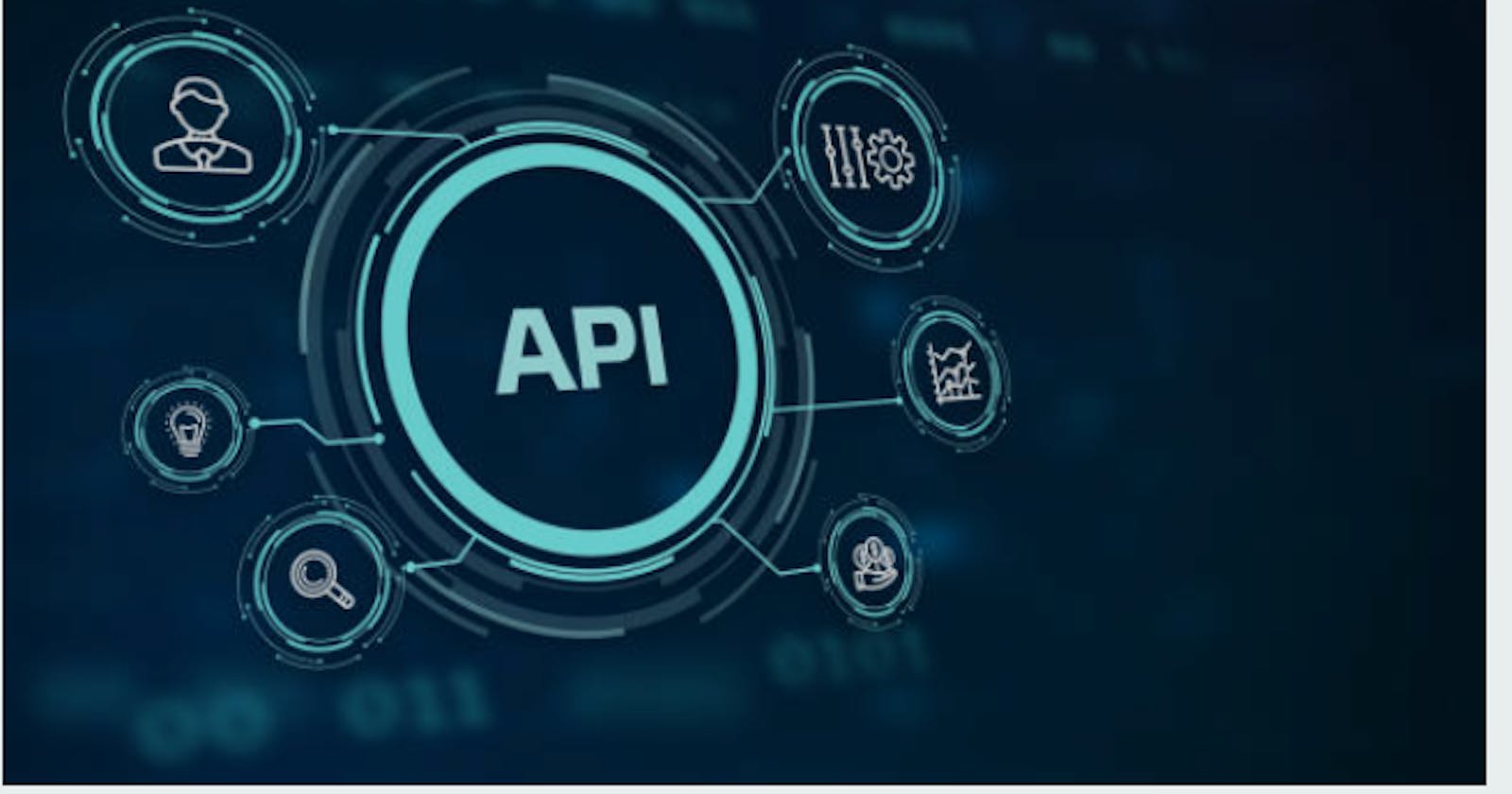Introduction
A number of architectural styles and protocols have evolved during API development, each with a specific set of strengths and method of application. As a .NET developer, it's important to know the contrasts between REST, GraphQL, and gRPC to create efficient and modern applications. In this article, we will examine each technology in detail and highlight its key features, the differences between them and suitable application scenarios.
Prerequisites
You need to have a good understanding of .Net.
A basic understanding of web services and APIs**.**
REST (Representational State Transfer)
REST is a way of designing systems that uses the web's basic language, HTTP. It's loved for being simple and not remembering any past interactions. With REST, you work with "resources" and use regular web actions like getting, posting, updating, and deleting.
Key Features of REST
Stateless Behaviour: Every request from a client to the server must carry all the necessary information for the server to comprehend and handle it.
Layered Architecture: REST permits the use of layered systems, allowing for the implementation of load balancers, shared caches, and other intermediaries to enhance scalability and flexibility.
Caching Support: Responses can be stored in a cache, either explicitly or implicitly, which helps enhance performance by reducing the need for repetitive requests.
From a .NET viewpoint
The .NET framework, especially ASP.NET Core, offers robust assistance for constructing RESTful services.
Features such as [HttpGet] and [HttpPost] simplify the process of exposing methods as API endpoints.
GraphQL (Graph Query Language)
GraphQL serves as both an API query language and a runtime for executing these queries. It presents a more effective, potent, and adaptable method for crafting web APIs.
Key Features
Precise Data Requests: Clients can request only the data they require, minimizing unnecessary information.
Unified Endpoint: In contrast to REST's multiple endpoints, GraphQL APIs usually provide a single endpoint.
Real-time Data Updates: GraphQL subscriptions facilitate the delivery of real-time updates to clients, enhancing user experience.
From a .NET viewpoint
Tools such as HotChocolate and GraphQL-dotnet streamline the process for .NET developers to construct and unveil GraphQL APIs.
It seamlessly integrates with Entity Framework Core, LINQ, and other established .NET conventions.
gRPC (gRPC Remote Procedure Calls)
gRPC is a fast, open-source framework for executing remote procedure calls. It utilizes HTTP/2 for its transport protocol and Protocol Buffers for defining interfaces.
Key Features
Efficiency: gRPC is engineered to facilitate rapid communication with minimal delay and high data transfer rates.
Two-way Streaming: Enables bidirectional data streaming and concurrent request handling over a solitary connection.
Protocol Buffers: Utilizes a binary serialization protocol (Protocol Buffers) to ensure lightweight communication.
From a .NET viewpoint
ASP.NET Core seamlessly integrates with gRPC, offering native support and facilitating the incorporation of existing .NET applications.
Especially helpful in microservice setups, gRPC improves how services talk to each other, which is crucial in this kind of architecture.
Comparing Each of Them
| Criteria | REST | GraphQL | gRPC |
|--------------|----------------------|----------------------|-----------------------|
| Data Format | JSON, XML | JSON | Protocol Buffers |
| Performance | Good | Depends on Query | High |
| Flexibility | Limited | High | Moderate to High |
| Use Case | Public APIs, | Complex Data | Microservices, |
| | General Purpose | Structures | Inter-service |
| Protocol | HTTP/HTTPS | HTTP/HTTPS | HTTP/2 |
When should you use which?
REST: Good for public APIs and services where a regular HTTP setup and organized resources are useful.
GraphQL: Perfect for apps with complicated data structures, where users want to change and ask for data flexibly.
gRPC: Great for microservices and systems that need fast communication, especially in a closed setup.
Conclusion
Deciding among REST, GraphQL, and gRPC relies on your application's particular needs. For .NET developers, harnessing the unique advantages of each can result in stronger, more scalable, and effective applications. Embrace the variety of these technologies to enrich your development arsenal.
Thanks for stopping by. Please leave a comment and share.
